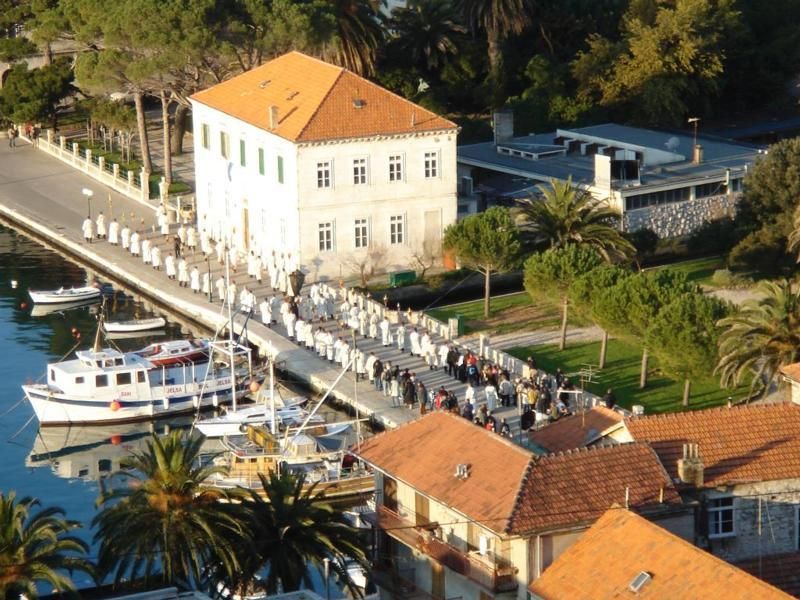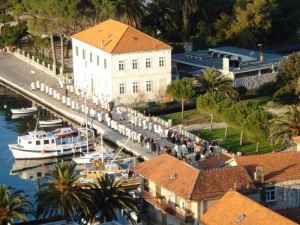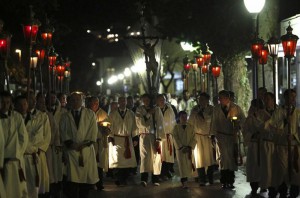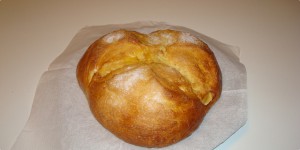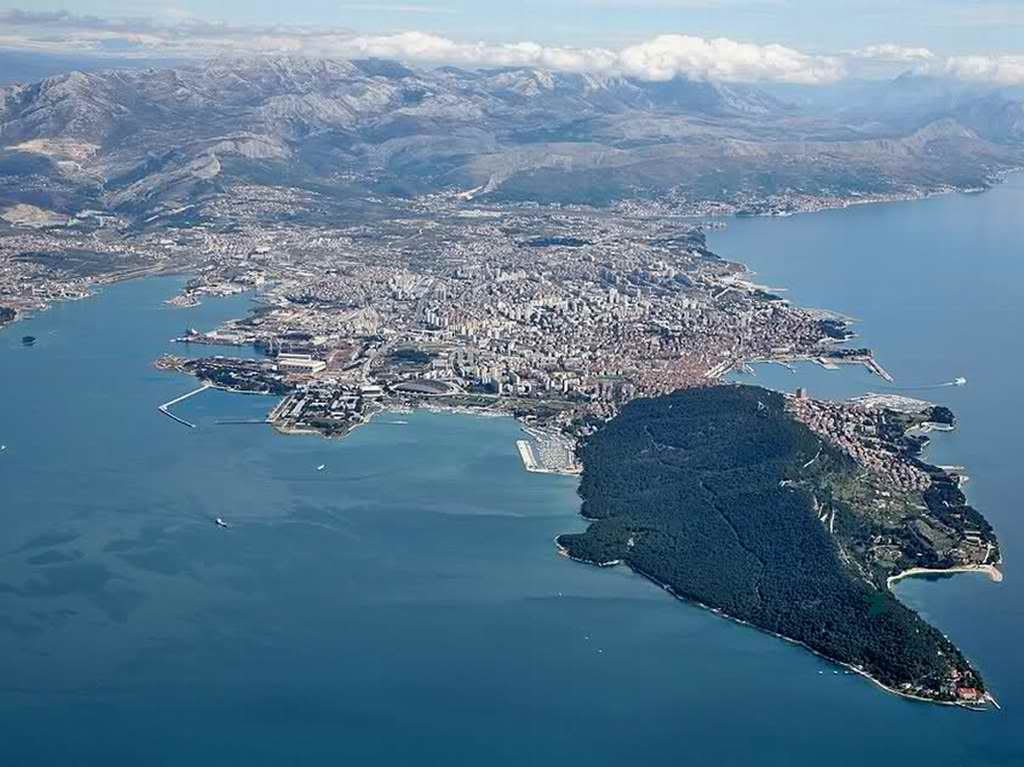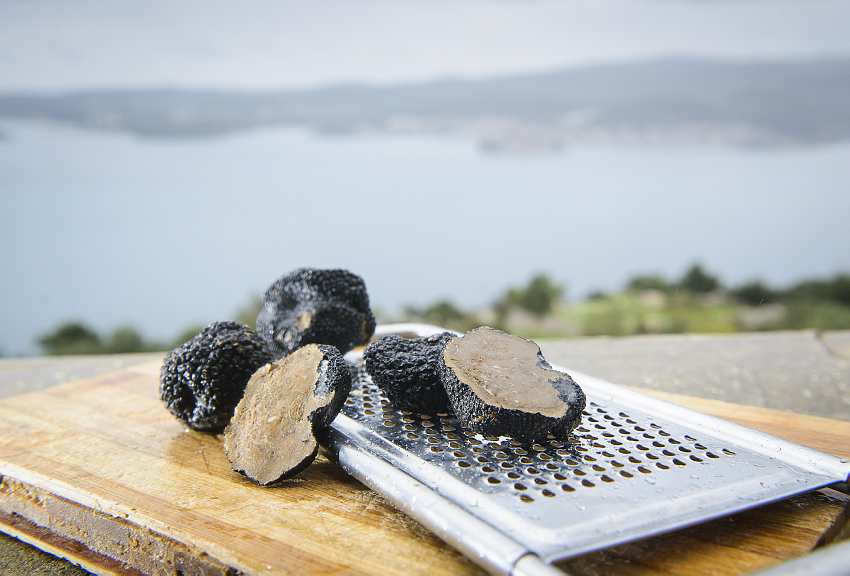Easter on Hvar- celebration valued by UNESCO Heritage
5 centuries of uninterrupted tradition
Easter, the greatest Christian feast, is at our doorstep. Hvar is truly a unique place to visit at Easter time, because it offers experiences fundamentally attached to the traditions of the island. The origins of a unique Procession are linked to a period of peasant revolt against Venetian governance when, according to the legend, Sveti križić (Holly Little Cross) started to bleed before a conflict. In over five centuries of celebration, the tradition has never been interrupted, not even in wartime or followed by really bad weather. This celebration is valued by UNESCO as the Intangible Cultural Heritage. History speaks loudly here.
For more than 500 years, Maundy Thursday is dedicated to Procession ‘Za križen’ (‘Following the Cross’). This is an expression of the religious and cultural identity of the population of the central part of Hvar Island. The mass is simultaneously held in the six parishes of Jelsa, Pitve, Vrisnik, Svirče, Vrbanj and Vrboska. The procession then follows a 25-kilometre course into the early morning hours of Good Friday. Because each of the six groups start from their respective churches and follow the course in a clockwise direction, the groups never meet.
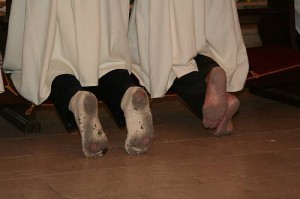 The Cross bearer walks without shoes
The Cross bearer walks without shoes
Each group is lead by a cross-bearer who walks the course either barefoot or in socks, carrying the 18 kilos heavy cross, never resting. It is a great honour to be a cross-bearer, a one time opportunity that will never be forgotten. The cross-bearer, formerly selected from among religious brotherhoods, registered up to twenty years in advance, has a much-desired and respected position, reflecting the devotion of the individual bearer and his family. He is followed by two friends with candelabra and others carrying candles and lanterns, five choral singers (kantaduri) who sing the Lamentation of the Virgin Mary at several points along the way and many pilgrims of all ages from Croatia and abroad.
They stop in front of churches and chapels in other villages where greeted by priests and return to their parish church before dawn when the cross-bearer runs the last hundred metres to receive the blessing of his home priest.
The oldest cross-bearer in 20th century was Luka Bojanić, 83 years old, carried the cross for Vrisnik in 1934. The youngest cross-bearer in 20th century was Svetko Marijan, 12 years old, carried the cross for Pitve in 1953.
Good Friday
Another Easter tradition called ‘Through God’s Graves’ takes place in Hvar town in the afternoon of Good Friday. Fraternities from St. Cross and St. Nicolas, one dressed in black tunics, the other in white, begin their procession in different churches.
Later on, they come together at Pjaca, the old Venetian town square – the largest and perhaps the most beautiful square on the Adriatic, to sing the ancient melody Popule Meus in front of the St. Stephens Cathedral. This event takes place in the evening. During this time all activity in the centre of the town stands still to honour this ancient tradition. The procession is illuminated by candles and lanterns.
Sirnica
Easter is locally celebrated at churches of the town, followed by delicious traditional lunch. Sirnica (or pinca) is a traditional Dalmatian Easter sweet roll. It takes the form of a sweet bread loaf with the sign of a cross, which is carved in with a knife before baking, on the upper side. Sirnica is eaten to celebrate the end of Lent because it contains many eggs. Together with Easter eggs, sirnica has remained the centerpiece of the family Easter breakfast. It is often given to guests as a symbol of good wishes.
For those who are longing for a spring break, indulging in sunshine, warm weather, awakening nature, inspiring tradition, Hvar is an excellent choice.


